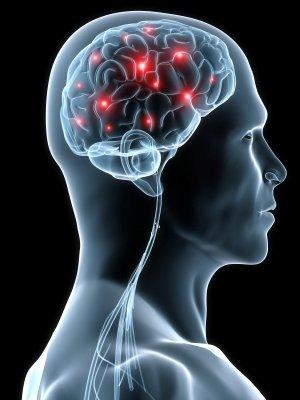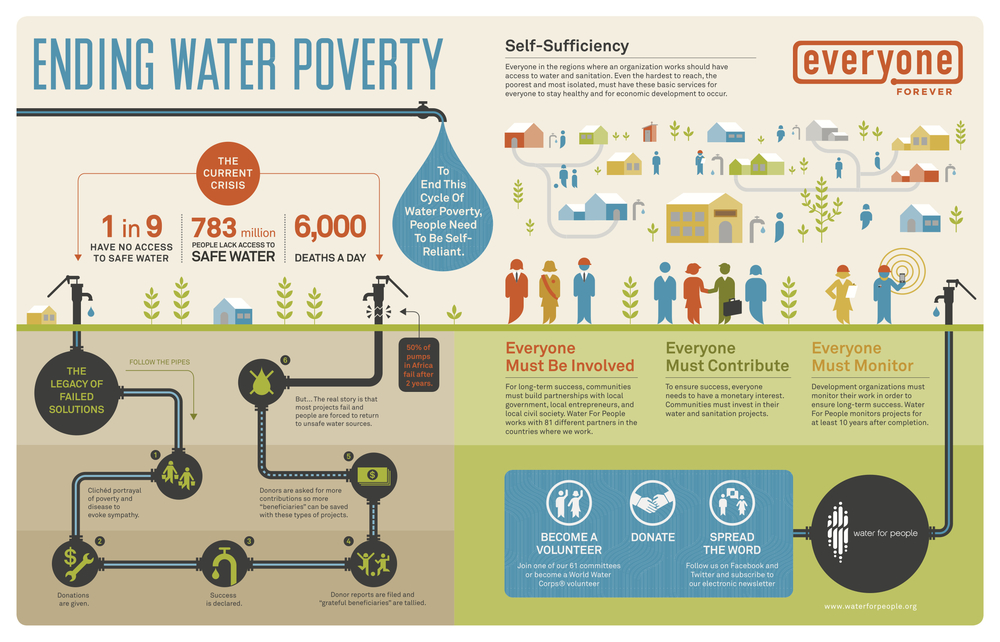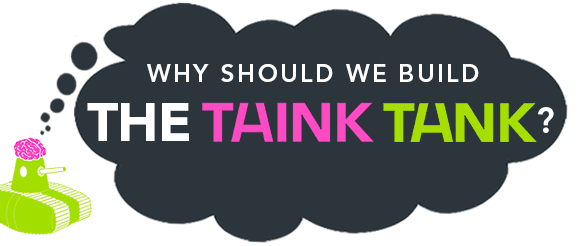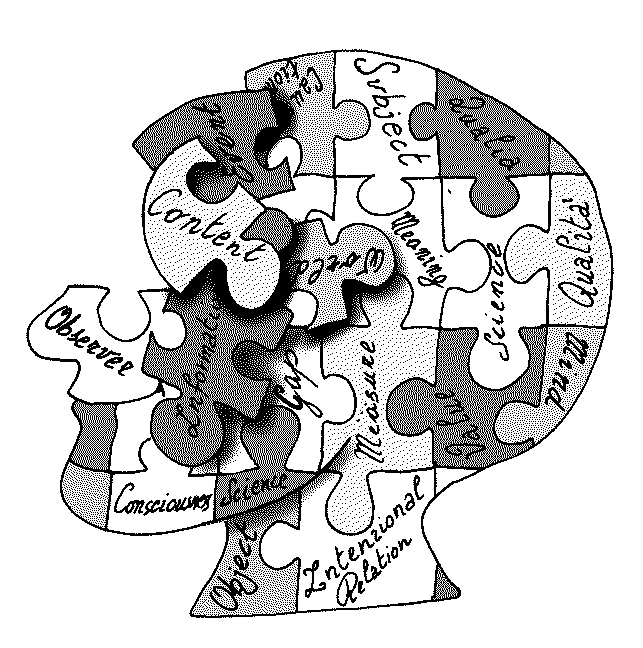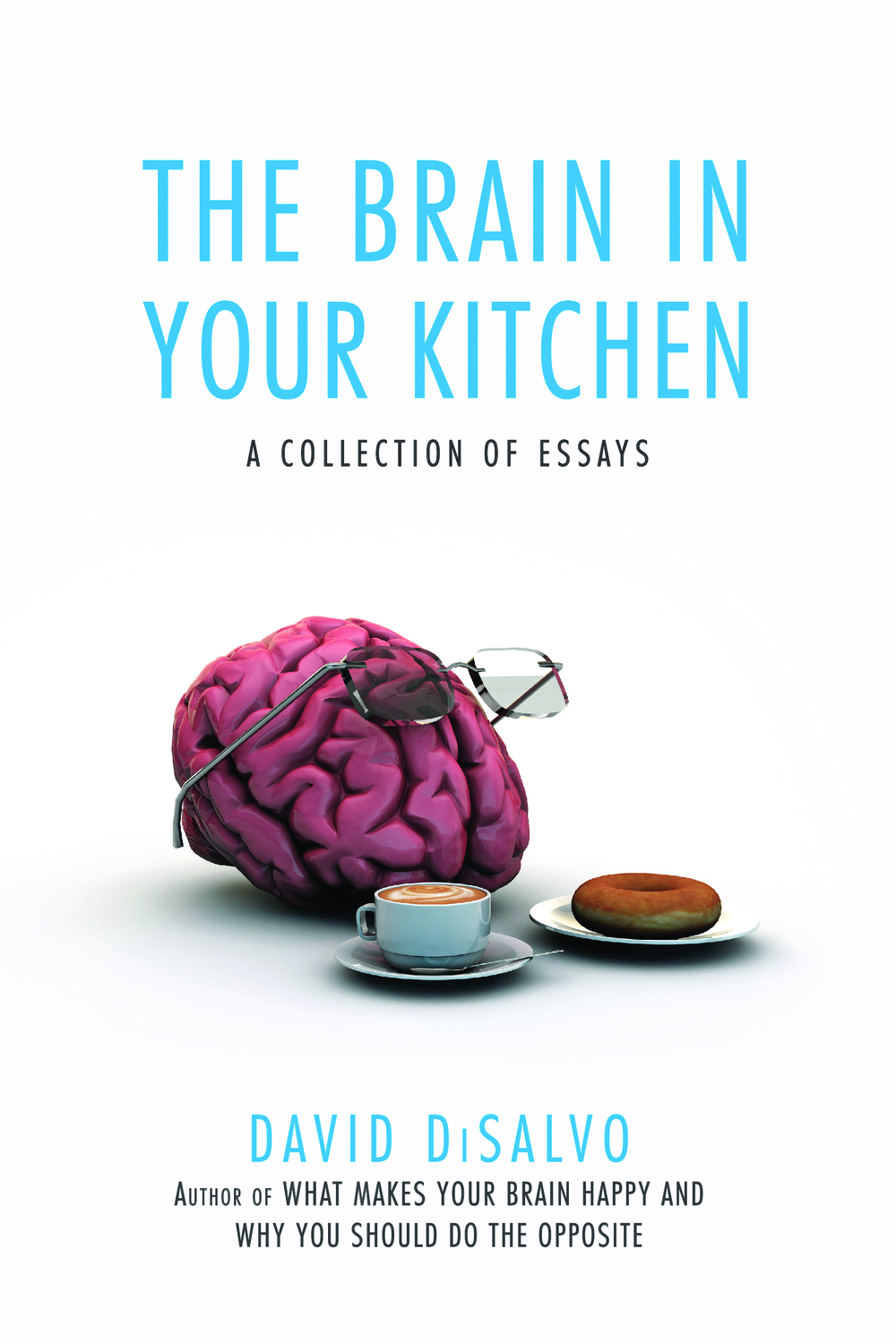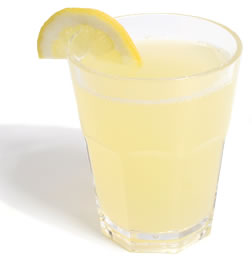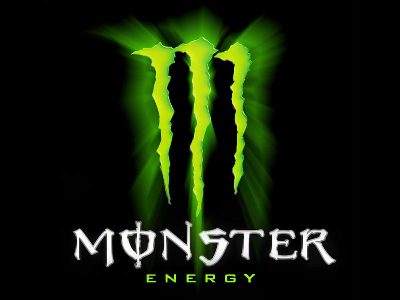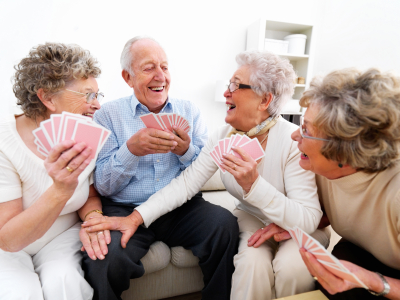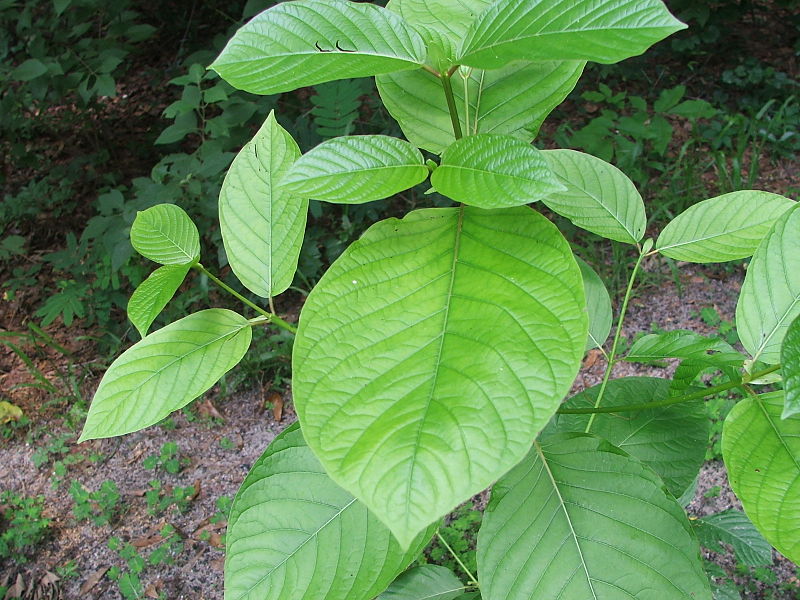 Once upon a time, before medical science started nosing around your bedroom, snoring was a nocturnal annoyance and little more. Sawing logs in the wee hours, while the bane of spouses and significant others, wasn’t a health concern – just cause for housemates to wear ear plugs.
Once upon a time, before medical science started nosing around your bedroom, snoring was a nocturnal annoyance and little more. Sawing logs in the wee hours, while the bane of spouses and significant others, wasn’t a health concern – just cause for housemates to wear ear plugs.
But over the last couple of decades, science has pulled the covers off snoring, revealing that in many cases—far more than anyone expected—it’s not only irritating, but the symptom of a potentially lethal condition known as sleep apnea. People suffering from this condition experience limited breathing multiple times during the night, depriving their brain of oxygen and consequently increasing blood pressure and putting enormous strain on their organs, most notably their heart.
Studies linking sleep apnea to heart disease have been adding up, and the evidence is pointing to one inescapable conclusion: snoring could be your body’s alarm letting you know that something is wrong along the vital brain-heart highway. The best way to find out for sure is undergoing a sleep study.
Does it take a rocket scientist to explain what a sleep study is and why it’s important? Probably not, but that didn’t stop me from finding one. John Cunningham is a Registered Polysomnographic Technologist (RPSGT) who runs sleep studies for Total Sleep Management, Inc. In a previous life, he was, in fact, a rocket scientist, but over the course of time his engineering interests turned from the aeronautic to the biologic.
John ran a sleep study I took part in not too long ago, and is a walking wealth of knowledge on all things sleep. He graciously agreed to answer a few questions about what happens during a sleep study, what anyone thinking of having one can expect, and why doing it could improve your health and your life.
David: First, tell us what we’re all wondering – do sleep techs laugh at what people do during the night?
John: You know, sleep is such a personal thing. Inherently personal. You’ve slept all your life without wires or a mask on your face. For some people coming to the lab is the first night they will spend away from their spouse in 20 years. No joke. Some people are creeped out by the cameras. They are being watched! But the truth is we are not staring at you all night. The cameras are just a tool and nothing to be worried about. So I’m not going to say we don’t sometimes see something funny when running the tape, but no, rest easy. We’re not laughing.
Ok a few basics. If you snore, do you definitely have sleep apnea?
No. People can snore for many reasons, including anything from allergies to loose skin in the back of their throat. Snoring is a potential symptom of apnea but not an absolute one. It’s important, though, to tell your doctor if you snore because it could be the starting place to eventually diagnose apnea.
And sleep apnea occurs when someone stops breathing while asleep?
They don’t necessarily stop breathing altogether, but someone with apnea will experience limited breathing multiple times during any given night. That’s one of the main things we track during the study using polysomnography, the comprehensive diagnostic tool that shows us all the biophysical changes your body undergoes while you are asleep. Some people will experience limited breathing hundreds of times, and that’s extremely dangerous because oxygen flow is reduced each time. The chief mechanism by which apnea damages your body is oxygen crashing hard and fast in your blood. You can still breathe in many cases, but not enough air gets through your partially or totally collapsed throat muscles.
So is apnea a disease?
Apnea is a structural problem—not a disease or chemical imbalance—which is why you can’t treat it with a pill. As you relax in sleep, your throat and chest muscles relax (so you don’t act out your dreams – but that’s another topic). Your throat is pitted against gravity, which is why the primary cause of apnea is age; the older we get the looser our muscles become. Because your throat and chest muscles partially or fully collapse, your breath decreases significantly. In the majority of apnea cases, your chest muscles are still trying to take in air, but you can’t get enough air to pass through and your blood-oxygen level crashes rapidly. That’s when the damage begins.
And what can happen if someone doesn’t have their sleep apnea treated?
The connection between apnea and cardiovascular disease is very strong. Your blood pressure increases and you are at far greater risk of stroke with untreated apnea. You’ll also suffer from sleep deprivation, which has a number of negative consequences, including fatigue, mental exhaustion and reduced immune system response. Aside from dire health concerns, quality of life is simply lower with apnea. Plus, your snoring is probably annoying people you live with, but that’s not necessarily a health concern, unless they get really angry.
Give us a general sense of what someone can expect when their doctor orders up a sleep study and they arrive at your lab.
They aren’t going to encounter anything alarming—a typical doctor’s office setting with rooms in the back—but everyone arrives with questions, which is of course natural. My explanation from when they come through the door right into and including the hook-up stage of the study—when we place wires on their body—has been honed by answering patients varied questions and concerns over the years I’ve been doing this. When I’m in the zone (and I’m not always there, but when I am), everything I say while hooking them up is to answer questions before they ask them. And by the way, it’s worth mentioning that the rooms patients sleep in are rather nice, like a decent hotel room – not a sterile, clinical cell that some people envision.
So the tech’s first job is to read people when they walk in and try to anticipate their concerns.
Yes, because contrary to the obvious assumption, my job is art. This is not research, strictly speaking; it’s human diagnostics, which always contains an element of the emotional, the erratic, the unpredictable. In short, the human.
With so much in the news lately about the dangers of apnea, are you finding people more informed when they arrive at the lab?

I’ve found that people have heard about it in general terms, but most of their practical information about apnea and its medical solutions come from the sleep technician. Apnea is rising for two main reasons: age and weight. Arguably, more people over 50 are overweight than ever before. So amidst growing concerns about obesity, there’s no question that more information about the warning signs of snoring and the dangers of apnea is out there, but the technical specifics usually don’t hit home until someone comes to the lab.
How do you put someone as ease who seems a bit freaked out by the prospect of being hooked up to wires and sleeping in a strange place with cameras running all night?
Much like special effects in movies, a good tech can tailor and weave solutions to the subtle, often unspoken human needs of the patient without them even knowing it. The less they notice it, the better the movie, so to speak. All the while, I’m spouting beneficial technobabble, cleaning, scrubbing and slapping on pieces of technology to create the perfect sleep cyborg for analysis.
Sleep cyborg?
Just a term I use for describing what someone looks like once we have the technology hooked up, and to underscore the point that you can’t forget, no matter how much technology is layered on, that this is a human. And it’s the human who follows through on treatment. Actually, better stated: it’s the human with the unanswered questions and the unaddressed fears that doesn’t follow through with the treatment.
And if someone is diagnosed with sleep apnea, the treatment is a CPAP mask, correct?
CPAP is the gold standard solution. There are a few other options, but they are about 50/50 in effectiveness—surgery and mouth pieces. These remedies can become ineffective over time. CPAP can change with you as your body changes (essentially by increasing the air pressure of the device), which is what makes it the preferred standard.
Many of the concerns I try to answer are about the possibility of having to wear a CPAP mask (which stands for Continuous Positive Airway Pressure) if the diagnosis is apnea. The reality is wearing the mask is going to feel weird. Anyone who tells you differently is lying. But it’s totally do-able, and with time it will become normal. Most importantly, will it help? Without a doubt. I genuinely believe CPAP helps people live better, longer lives.
I often tell patients the facts about wearing a CPAP straight up, and getting the simple facts out in the open can be very helpful. I often notice people will then lower their shoulders a bit and hit me with their more personal concerns, their real worries, almost as if I have given them permission to vent their anxieties. I wear a CPAP mask myself and have been in the exact same chair they are in, having the same electrodes placed on my slightly itchy, recently scrubbed skin and had to wash the white goopy paste out of my hair the next morning.
What’s the most important thing someone facing having to wear a CPAP should keep in mind?
It’s simply this: find a mask that you like. From a technical point of view, whether a mask is big or small, they both do the exact same thing. A patient needs to find a mask that is comfortable. My technical opinion on this point doesn’t matter – the truth is, if you like it, you’ll wear it. If you don’t like it, you won’t wear it, even if I tell you otherwise. It will be that dress behind that “gorgeous” polka dot number that a clerk sold you on but that you secretly don’t believe makes you look good. Same with the CPAP mask. If it fits well and you like it, ditch the polka dots and choose the lowcut tye-dye.
Ok, so let’s say someone undergoes a sleep study and is diagnosed with apnea. They select their CPAP mask. Then what?
Well first off, be realistic. It will take you two months to get used to it. You’ll try it, you’ll hate it, it’ll be weird, then it’ll be great, then you’ll hate it again. It’s ok. This is all normal. You may experience some nasal swelling, but it’s temporary so don’t worry. You may wake up some mornings with the mask across the room. Again, normal, don’t be discouraged.
On the plus side, the snoring will disappear. That’s huge for most people. And you’ll likely experience REM rebound, because you’ll begin enjoying deeper REM sleep. When you have apnea and stop breathing several times throughout the night, your sleep is fragmented, and good, solid REM is hard to come by. With the CPAP mask, that will change and you may find yourself dreaming for the first time in a long time.
What's the big takeaway you'd like to leave with readers of this interview?
Don't fear the sleep lab. Seriously, if you snore, tell your doctor and if he or she suggests going to a sleep lab to check for apnea, go ahead and do it. We're going to take good care of you and the results could change your life.
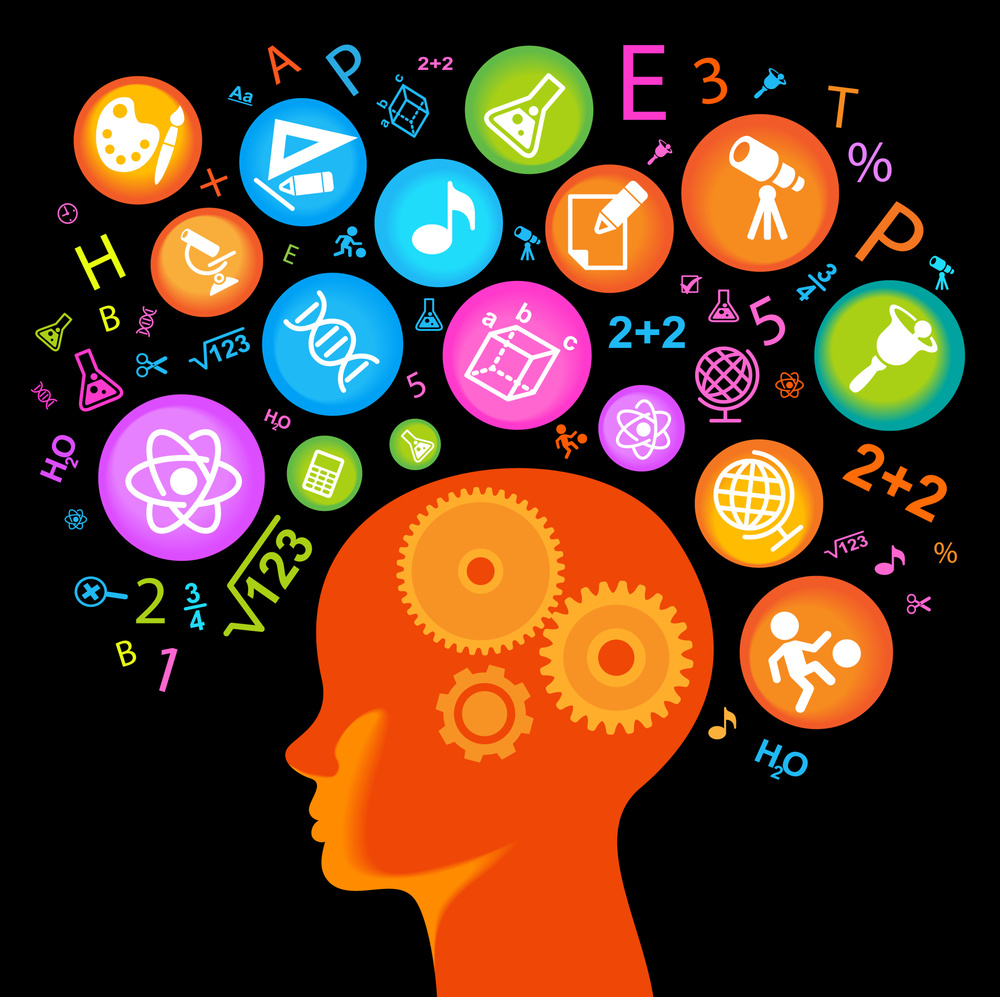 Why do certain ideas go viral while others never make it past a second set of eyes (or ears, or lips)? A new neuroscience study attempted to answer this question by finding out if our brains react differently to buzz-worthy ideas. The results suggest that we’re wired to pass along certain ideas from the moment we see or hear them – even before we realize that we will.
Why do certain ideas go viral while others never make it past a second set of eyes (or ears, or lips)? A new neuroscience study attempted to answer this question by finding out if our brains react differently to buzz-worthy ideas. The results suggest that we’re wired to pass along certain ideas from the moment we see or hear them – even before we realize that we will.
